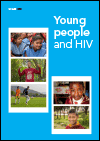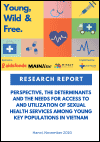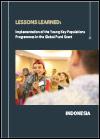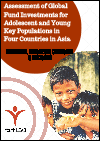Publications on Young Key Populations

The annual report provides a glimpse into some of the key activities and projects and highlights Youth LEAD’s contribution to the regional HIV response. The annual report also explores how Youth LEAD’s efforts align with other global strategies, but more importantly, how the activities align with Youth LEAD’s strategic priorities.
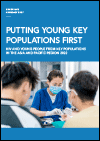
This report describes the HIV epidemic among young people from key populations in the region, takes stock of HIV programmes for such people, and pinpoints the priority actions that will speed up progress towards ending the AIDS epidemic as a public health threat in the region.
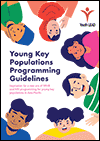
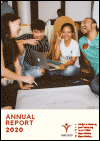
2020 has been an unprecedented year for all Youth LEADers to tackle the COVID-19 pandemic and ongoing HIV epidemic. During this challenging time, young key population-led organizations in the Asia-Pacific have shown resilience to support communities. They have been at the forefront of the HIV response to implement innovative solutions that ensure the continuity of HIV services.
